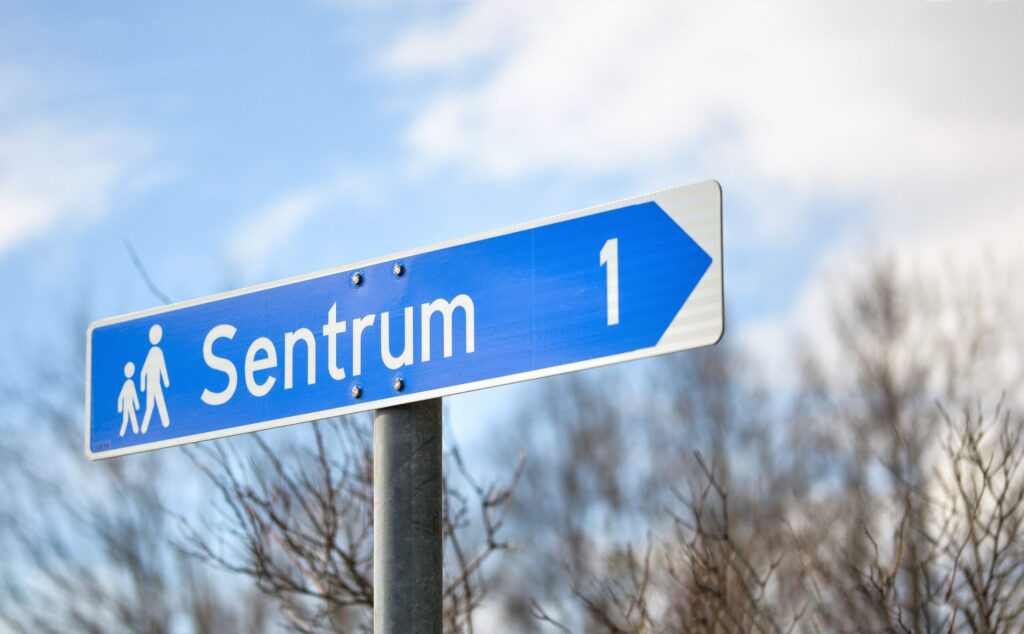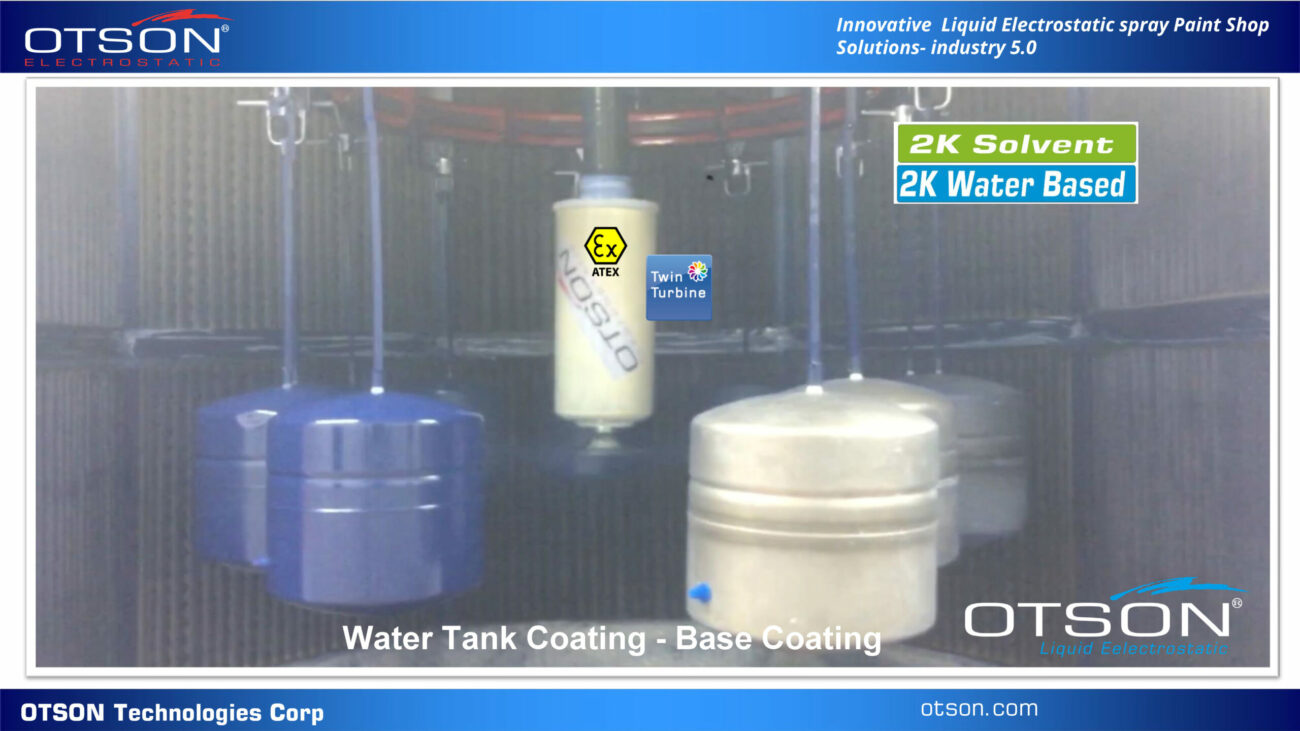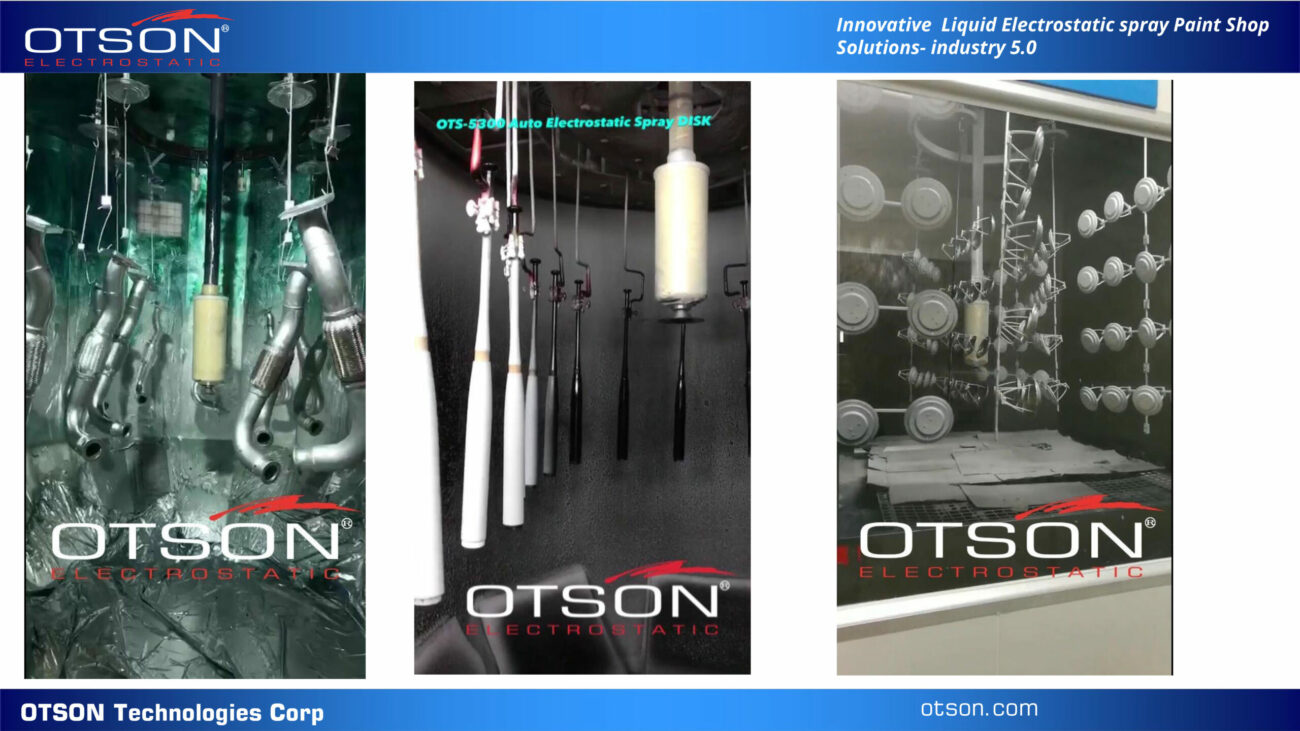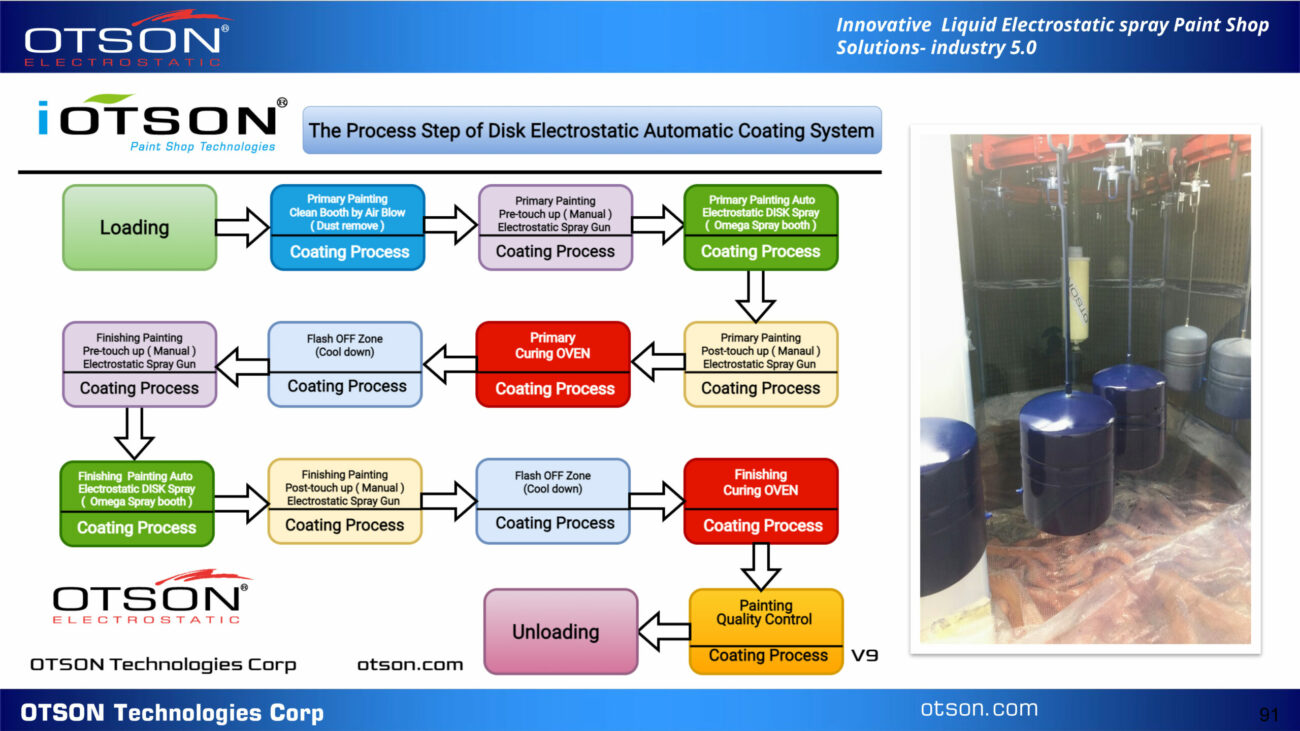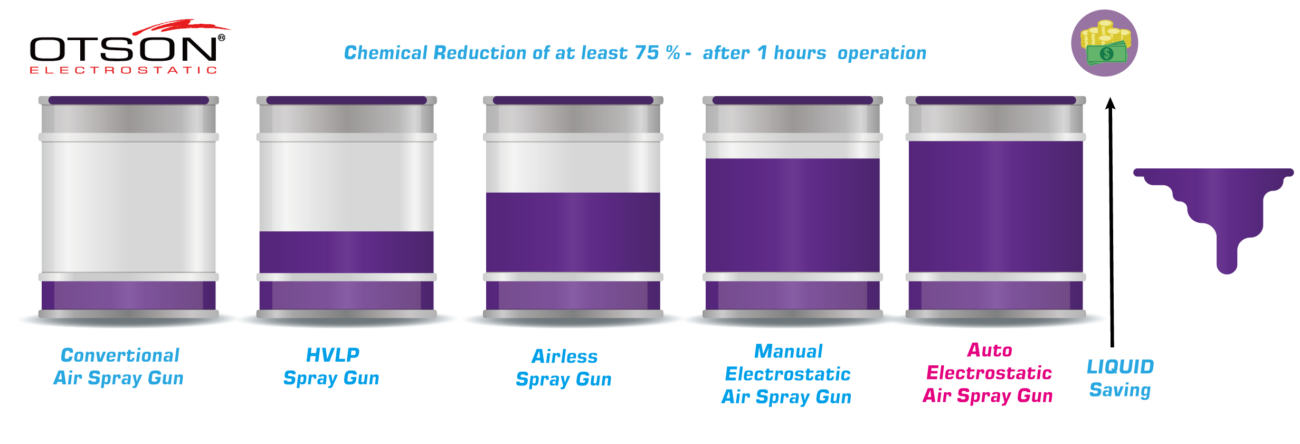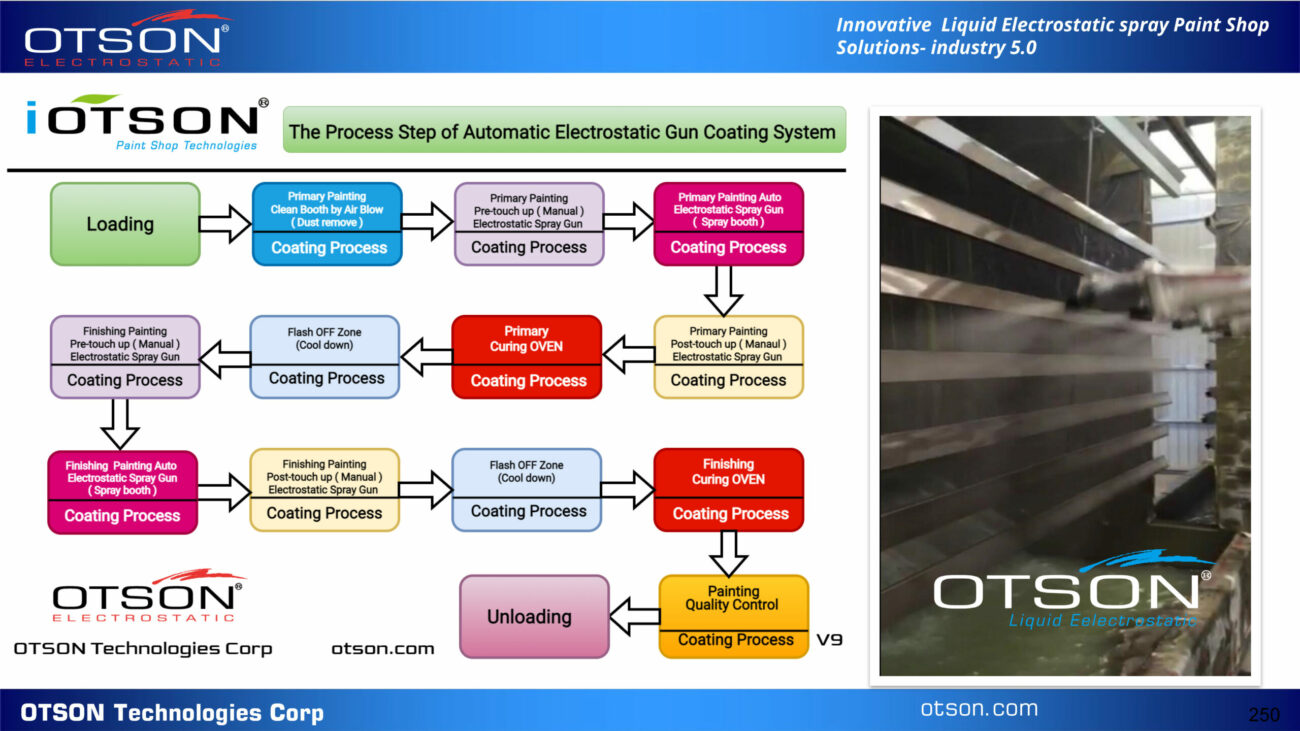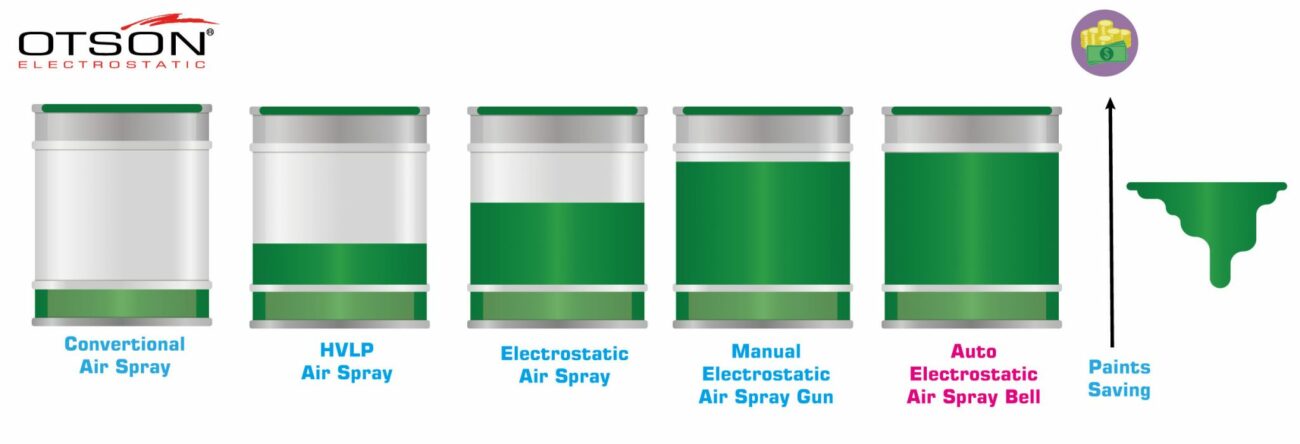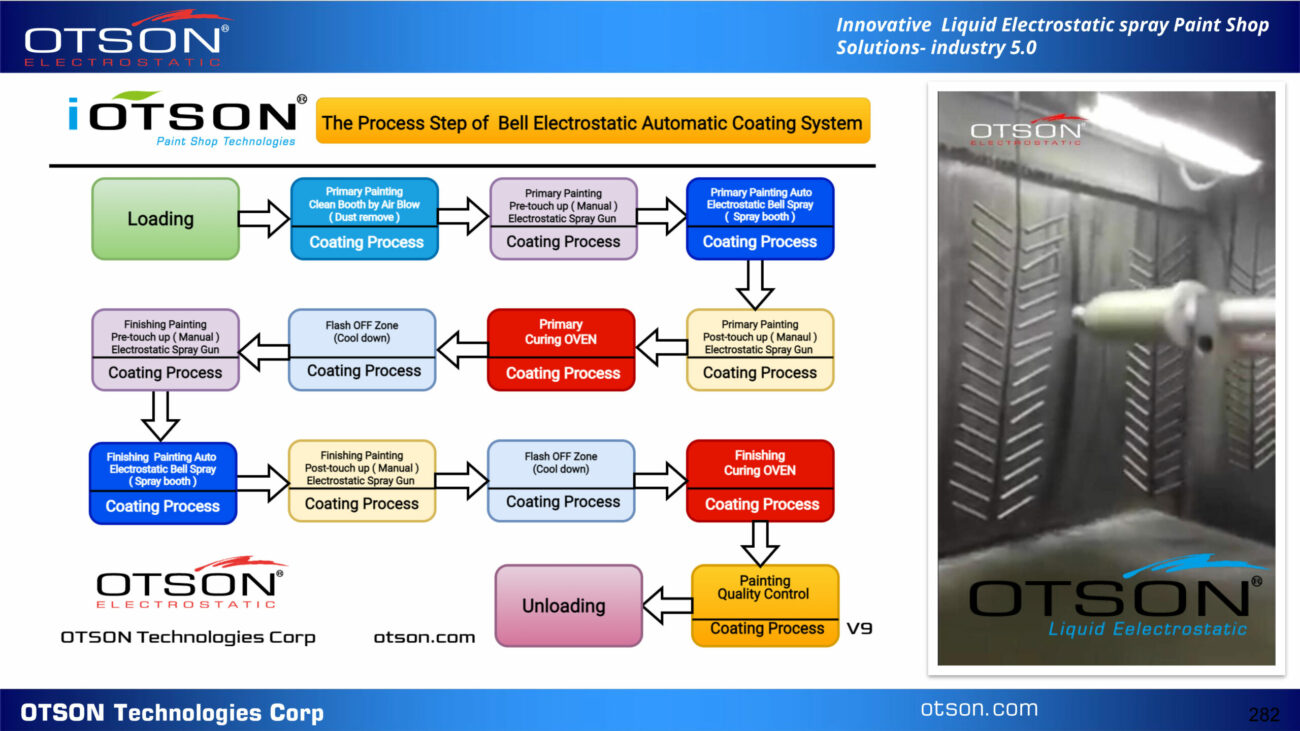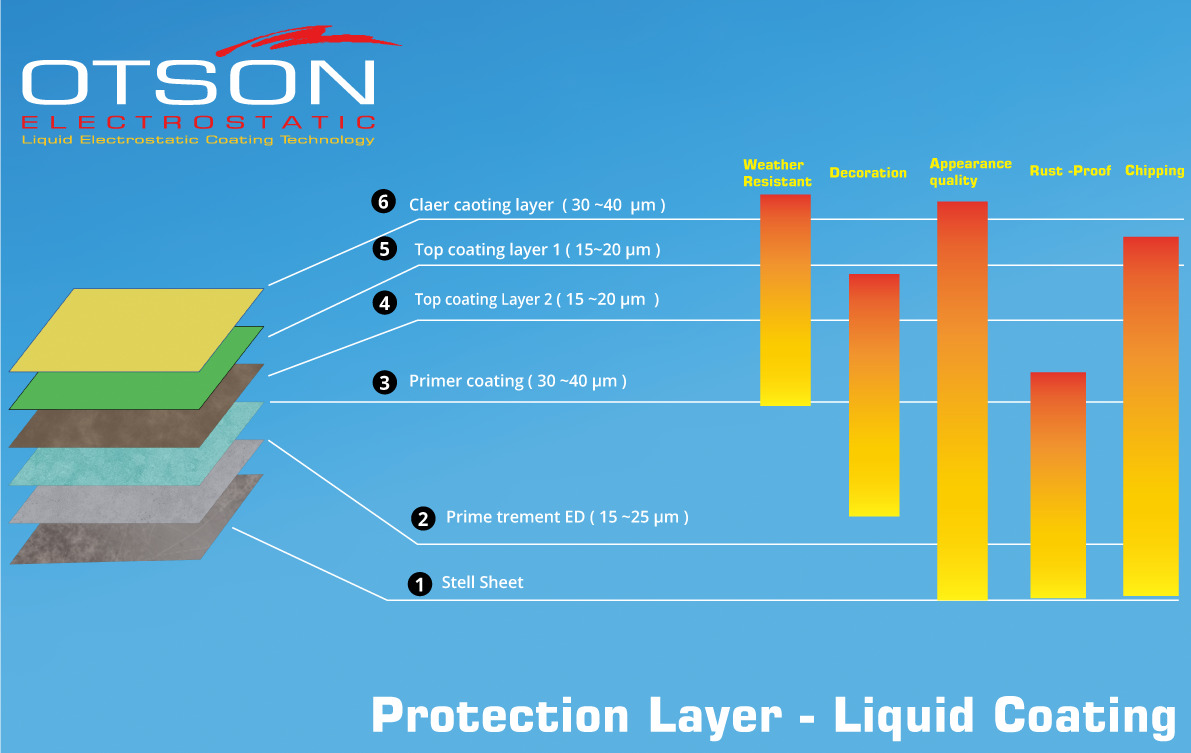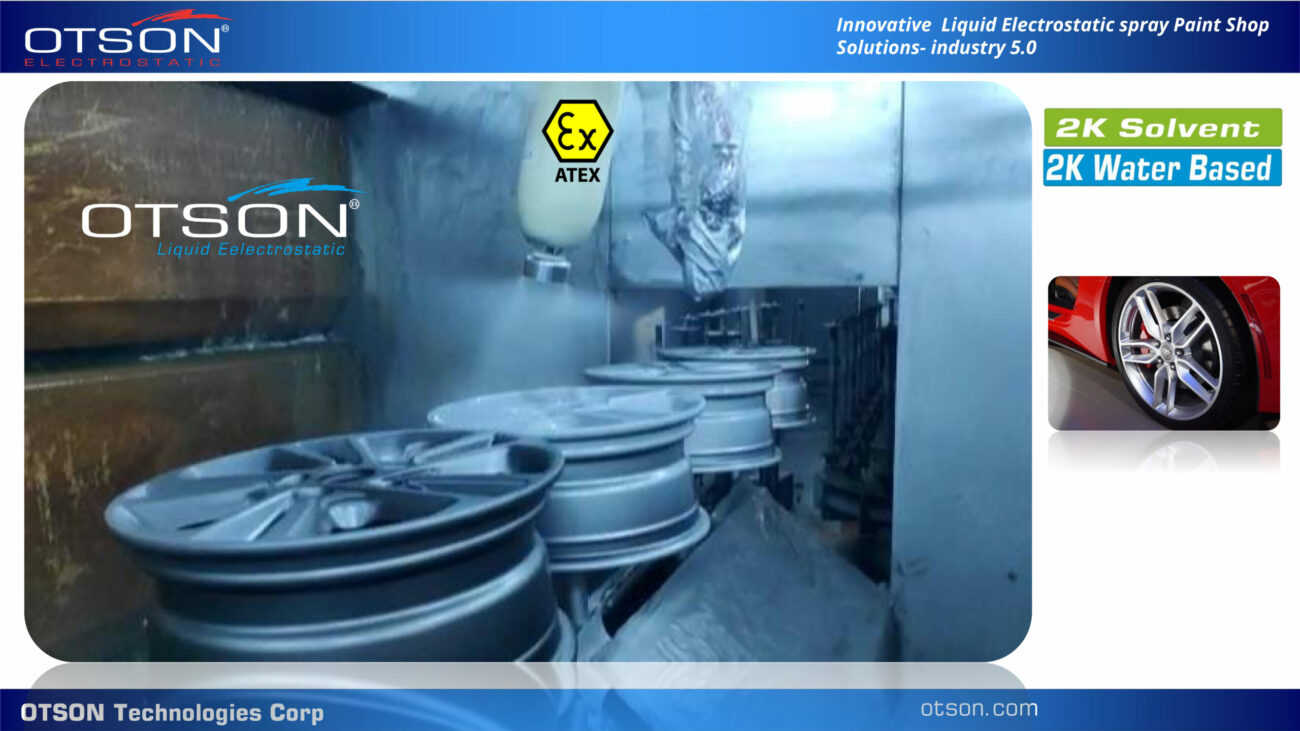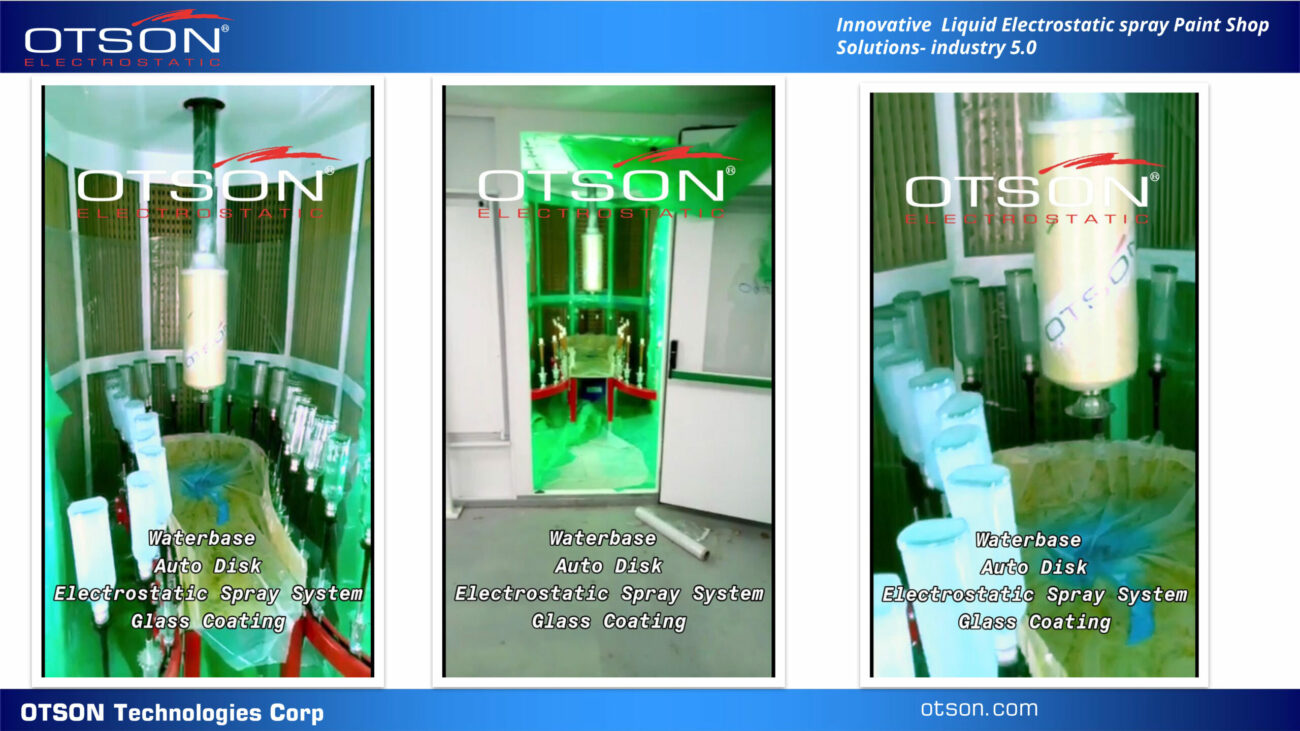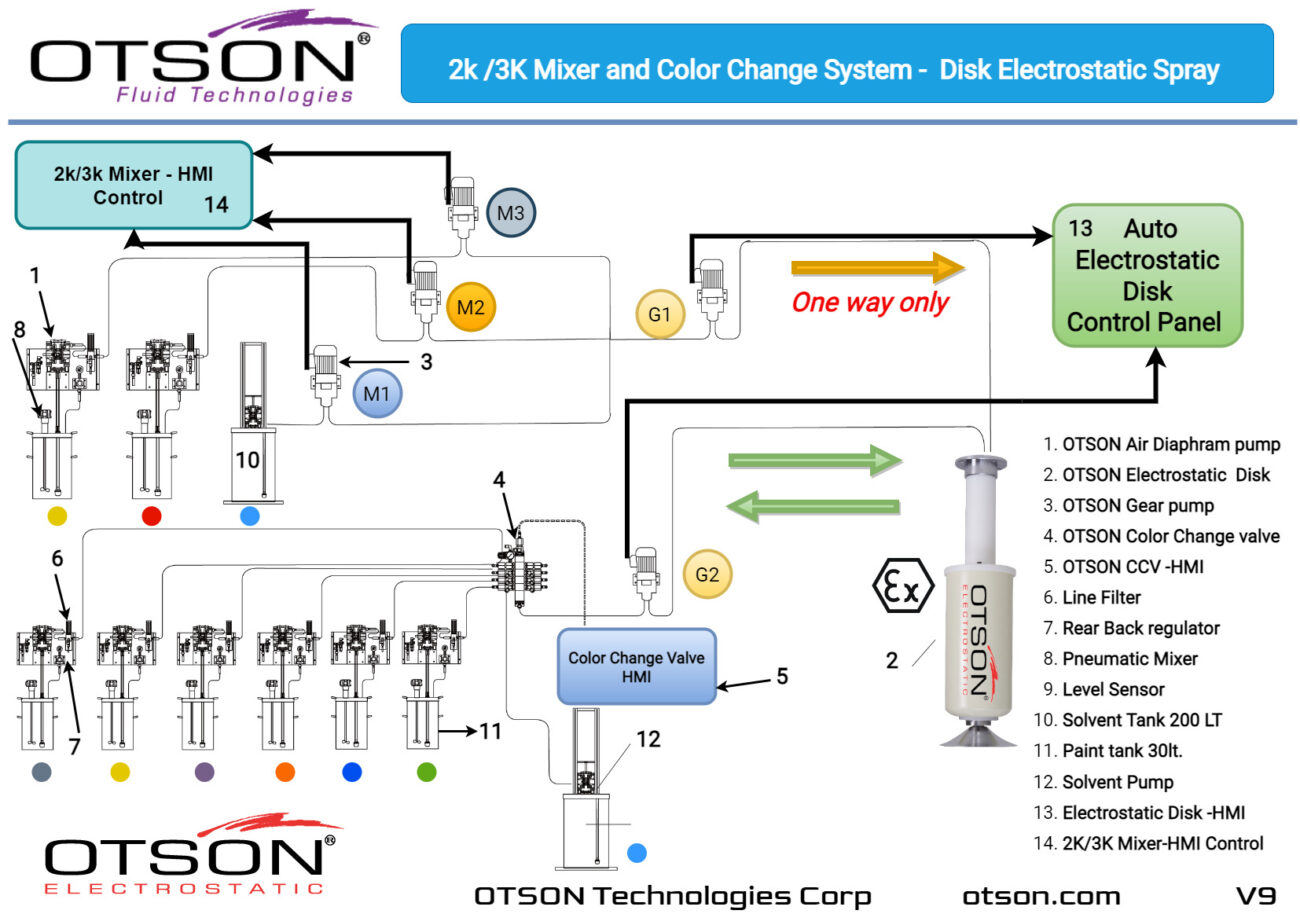In the signage industry, liquid electrostatic spray technology is commonly used to apply coatings such as paint, laminates, and adhesives to a variety of signs, billboards, and other forms of advertising. The process involves atomizing the liquid into droplets and then giving them an electrostatic charge. The charged droplets are then attracted to the grounded signage, ensuring an even and efficient coating.
One of the main advantages of using liquid electrostatic spray in the signage industry is the increased coating savings. The electrostatic charge causes the coating droplets to be attracted to the signage, resulting in less overspray and a more efficient use of the coating. This can lead to cost savings for the customer, as less coating is needed to achieve the same coverage as traditional spray methods.
Another advantage is the improved transfer efficiency. The electrostatic charge causes the coating droplets to be attracted to the signage, resulting in a higher percentage of the coating being deposited on the signage and less being wasted as overspray. This leads to a more consistent and even coating, with fewer drips and runs.
In addition, liquid electrostatic spray technology allows for the application of a wide range of coatings, including primers, topcoats, laminates, and adhesives. This versatility makes it suitable for a wide range of signage applications, including outdoor and indoor signs, illuminated signs, and more.
Furthermore, liquid electrostatic spray can be used to apply multiple layers of coating, which is important for signs and other forms of advertising where multiple layers of coating are required to provide protection and durability.
Overall, liquid electrostatic spray technology is a cost-effective and efficient method of applying coatings to signs, billboards, and other forms of advertising in the signage industry. It offers advantages such as increased coating savings, improved transfer efficiency, and versatility in application. It is also able to apply multiple layers of coating, providing protection and durability to the signs and other forms of advertising.





































